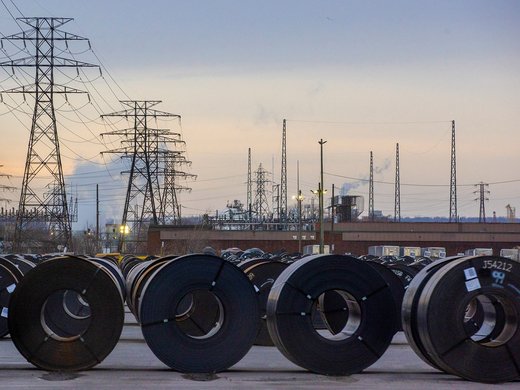This is the third and final paper in a three-part series exploring the decision-making process in China. Presenting reform as a holistic system consisting of economic, political, cultural, social and ecological subsystems, President Xi Jinping introduced a top-level design as the theoretical foundation for his overall control of the reform agenda and economic policy-making process. Xi greatly strengthened the roles of central leading groups and put an unprecedented emphasis on the Communist Party of China’s control of economic policy. His top-level design embraces stability as the top principle while seeking the primary goal of sustainable economic growth. Supply-side structural reform, Xi’s significant economic policy initiative, was introduced to confront the most pressing issue in China’s economy, i.e., economic restructuring, and to deliver sustainable economic growth. Xi’s style of highly concentrated power and full control over policy making has achieved a mixed result. It may have pushed through some difficult economic reforms, but it created a variety of new problems and exacerbated the existing bureaucratic problems in China’s political economy. These problems can have catastrophic consequences when facing an emergency situation, such as a public health crisis, as the novel coronavirus epidemic beginning in January 2020 demonstrated. The paper provides observations on the local and central government’s initial response to the outbreak in Wuhan based on public information available, suggesting that the stability-obsessed ruling style and unprecedented pressure on state and local bureaucrats under President Xi’s top-level design is unable to react in a timely and swift manner, with potentially catastrophic consequences.


